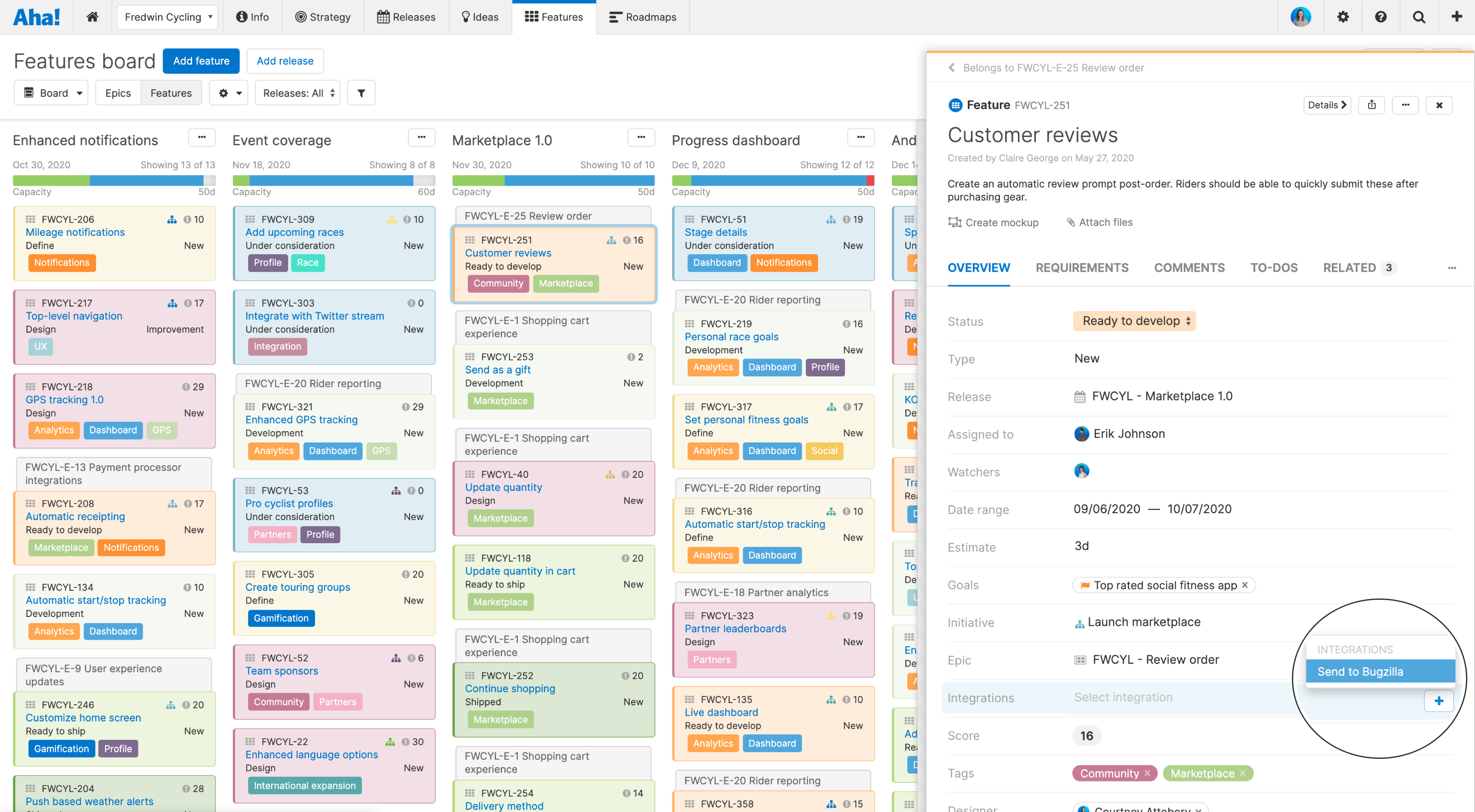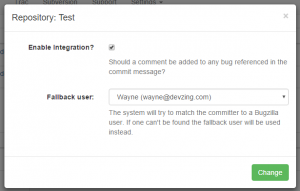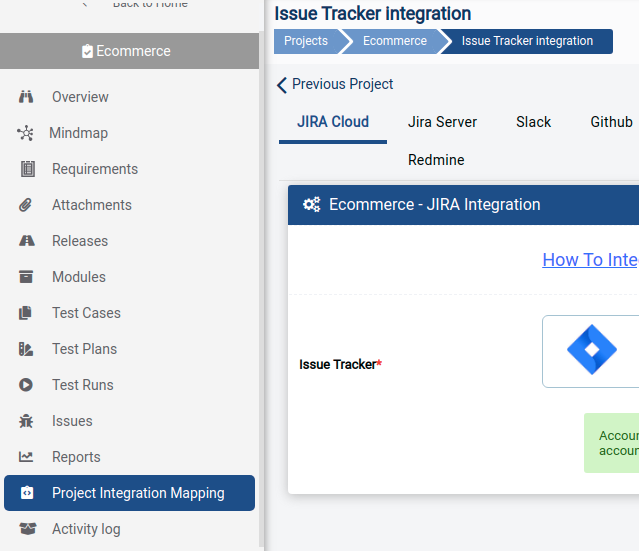
- #Bugzilla interface install
- #Bugzilla interface drivers
- #Bugzilla interface driver
- #Bugzilla interface upgrade
ListView( // change this to ListView. Column(children: [ // and this do not need Height: MediaQuery.of(context).height*0.8, // add this line Postgres=# SELECT * FROM Bugzilla_db.FloatingActionButton: FloatingActionButton(Ĭhild: Icon(Icons.create, color: ey), You can now execute SELECT commands to Bugzilla: Postgres=# IMPORT FOREIGN SCHEMA "Bugzilla" FROM SERVER Bugzilla INTO Bugzilla_db Import all the tables in the Bugzilla database you defined in the daemon configuration file: Postgres=# CREATE USER MAPPING for postgres SERVER Bugzilla OPTIONS (username Postgres=# CREATE SERVER Bugzilla FOREIGN DATA WRAPPER mysql_fdw OPTIONS (hostĬreate a user mapping for the username and password of a user known to the MySQL daemon.

Query Bugzilla Data as a PostgreSQL DatabaseĪfter you have installed the extension, follow the steps below to start executing queries to Bugzilla data:Ĭreate a server object for Bugzilla data: To complete the installation, you will need to load the libmysqlclient library into the environment for example by adding it to the path. Add the pg_config and mysql_config executables to your PATH:Įnv PATH=/usr/local/pgsql/bin:/usr/local/mysql/bin:$PATH make USE_PGXS=1 The gretap interface is supposed to be a layer 2 tunnel, so the IP (GRE) packets must always be fragmented to maintain the original MTU of the interface.
#Bugzilla interface install
Install the MySQL C client library and obtain the source for the EnterpriseDB FDW for MySQL from GitHub, for example. This is still not fixed as of 4.4 and the kernel is incorrectly applying the DF setting from IP packets sent over the gretap interface to the outer IP (GRE) packets.

Otherwise, follow the steps below to build it yourself: If pgxn is available for your operating system, you can install with the following: The Foreign Data Wrapper can be installed as an extension to PostgreSQL, without recompiling PostgreSQL. Java -jar -f .iniīuild and Install the MySQL Foreign Data Wrapper
#Bugzilla interface driver
The driver creates a default configuration suitable for testing: Simply start the service to connect to Bugzilla data. Download scientific diagram (a) A GUI interface of Bugzilla bug tracking system. You can find all of the configuration options for the MySQL daemon in the help documentation.įollow the steps below to enable the MySQL Remoting feature of the CData JDBC Driver for Bugzilla. The configuration file for the daemon is located in the lib subfolder of the installation directory for the driver.īugzilla = "Url= Additionally, create a user in the users section. has just replaced all the male/female pronouns with gender neutral ones, both in the UI and code, to make sure everyone feels comfortable while using or even. Add connection properties to the databases section of the configuration file for the daemon. The MySQL daemon exposes Bugzilla data as a MySQL database named CDataBugzilla. In this article, we install the FDW and query Bugzilla data from PostgreSQL Server.įollow the steps below to configure the driver's MySQL daemon to use the credentials and other connection properties needed to connect to Bugzilla.
#Bugzilla interface upgrade
Bugzilla has a smooth upgrade pathway among different versions.

Extensive configurability as it allows to be configured with other test management tools for a better user experience. It supports localized web user interface. To access Bugzilla data as a PostgreSQL database, use the Remoting feature of the CData JDBC Driver for Bugzilla and the MySQL foreign data wrapper (FDW) from EnterpriseDB. Bugzilla has a wide range of customized, user preferences features. Using the remoting features of our JDBC Drivers, you can nowĬreate PostgreSQL entry-points that you can connect to from any standard client.
#Bugzilla interface drivers
From standard Drivers to BI and Analytics tools, PostgreSQL There are a vast number of PostgreSQL clients available on the Internet.


 0 kommentar(er)
0 kommentar(er)
